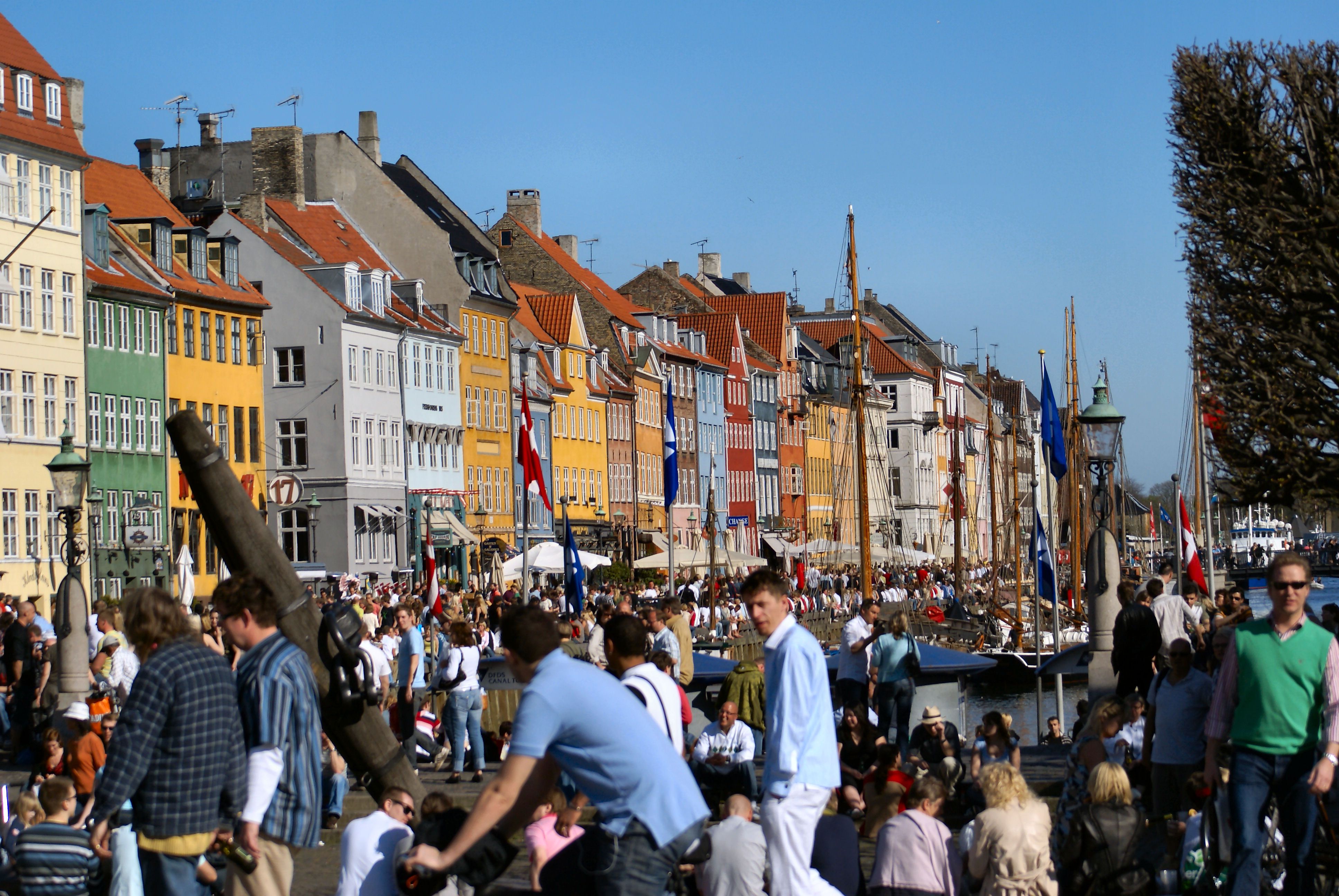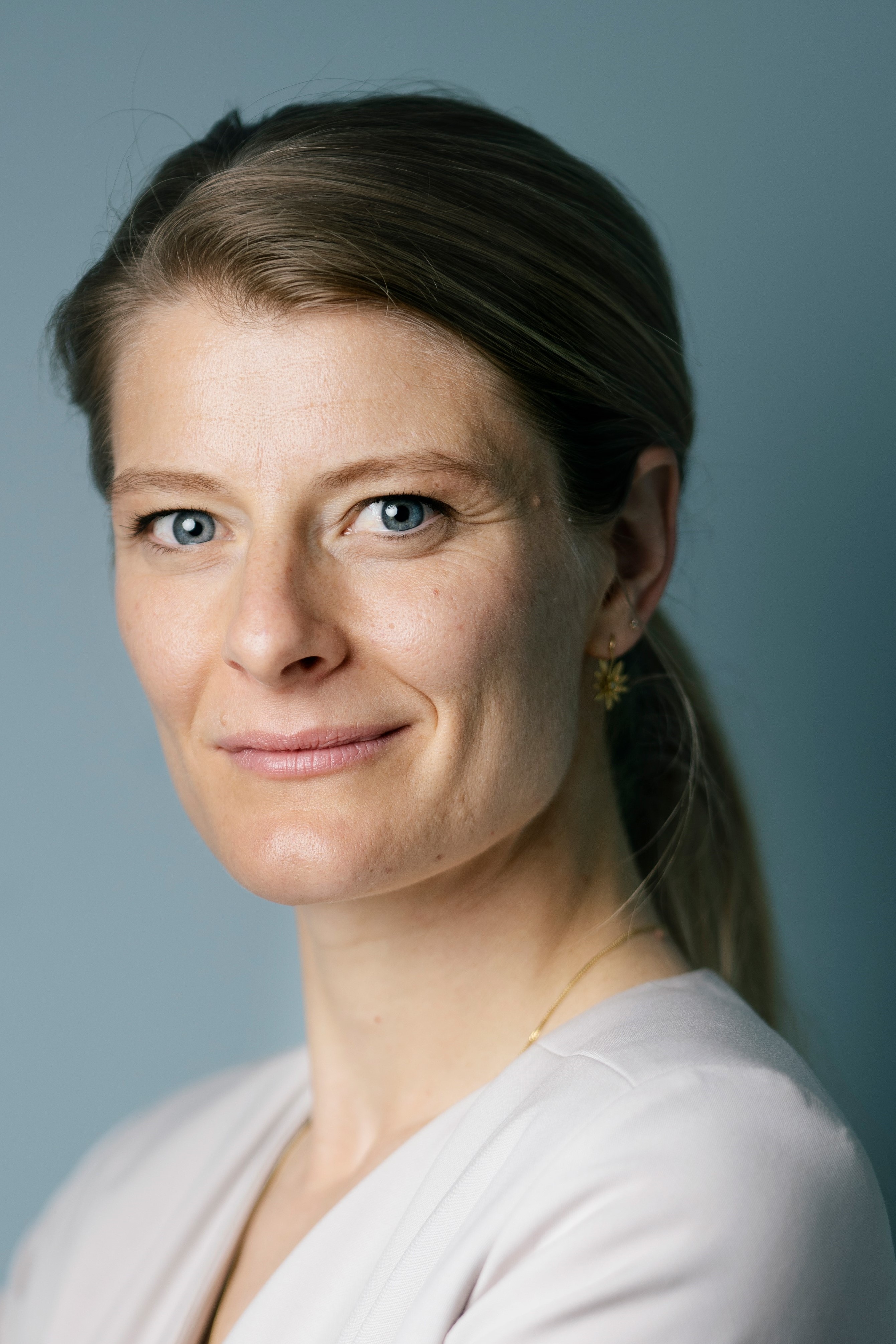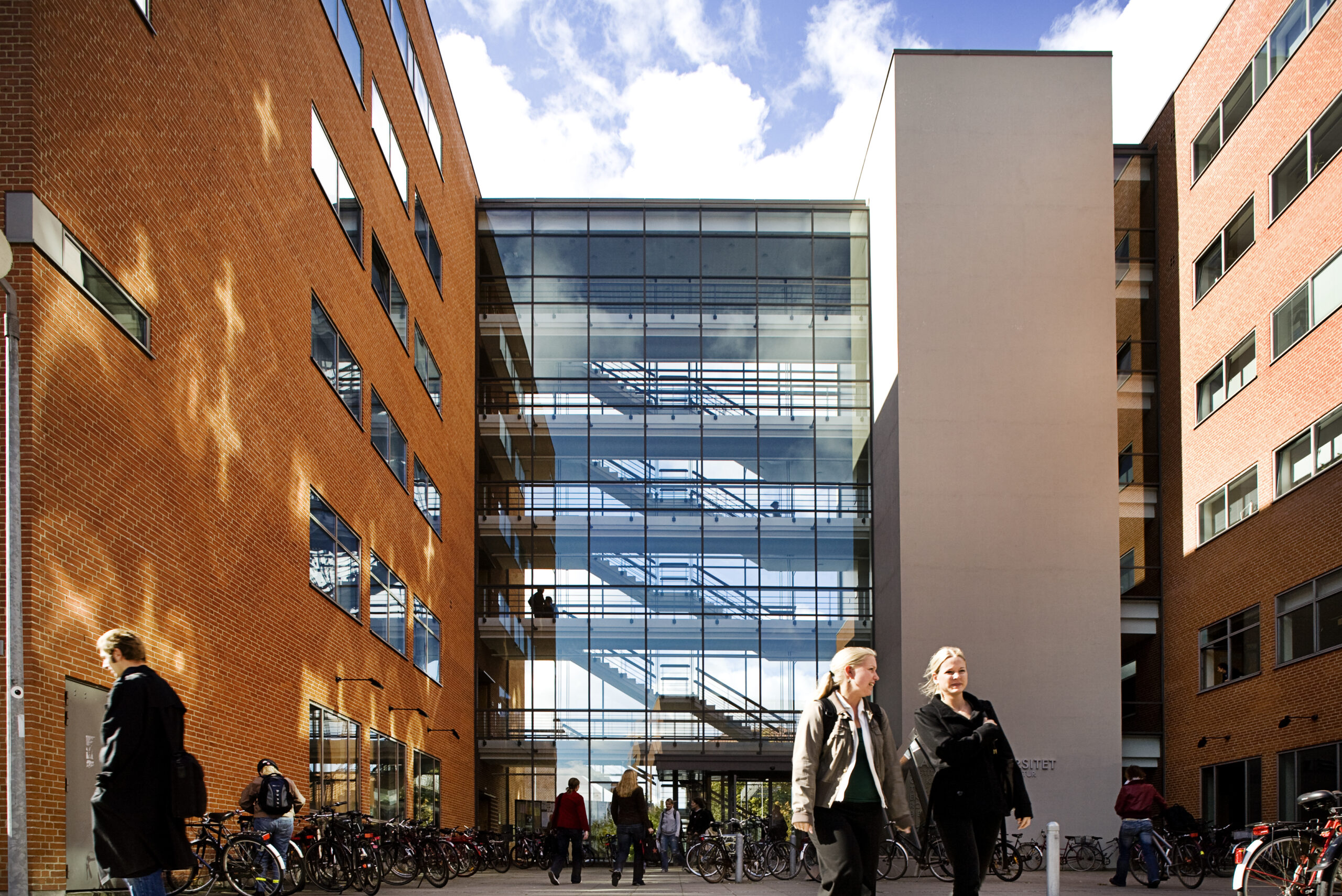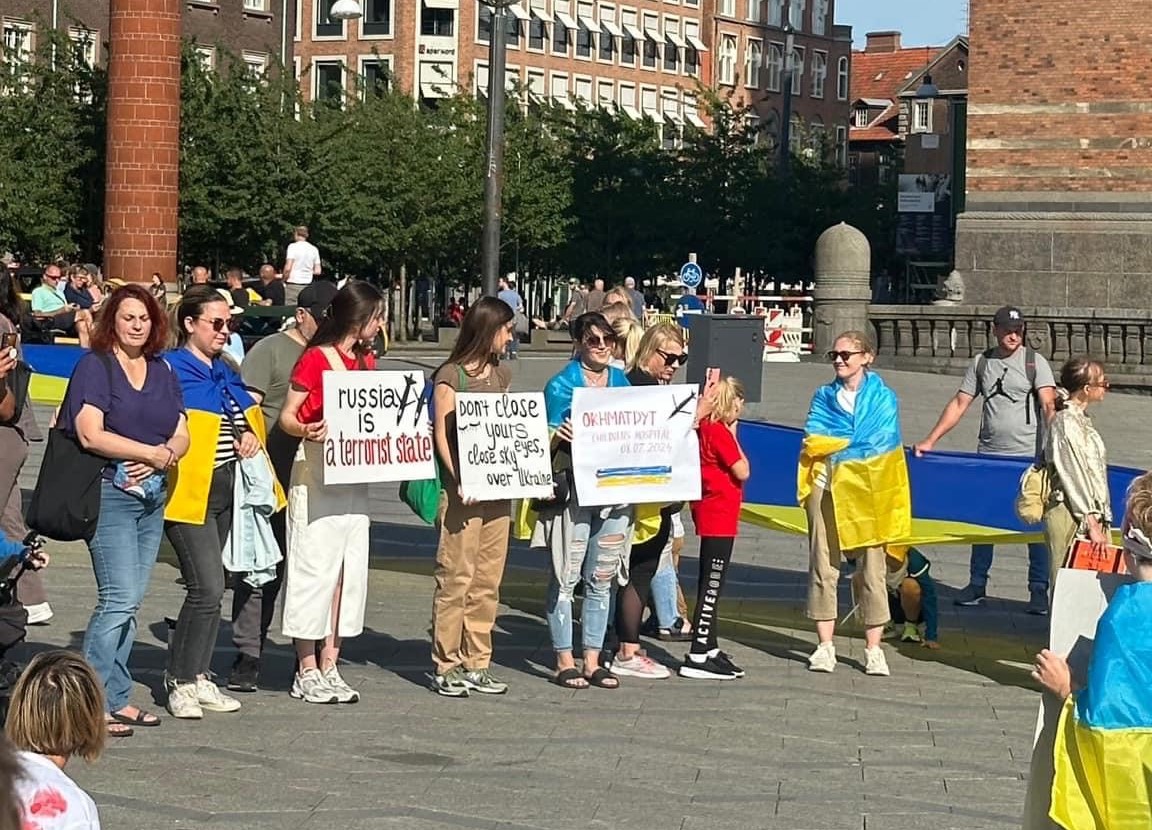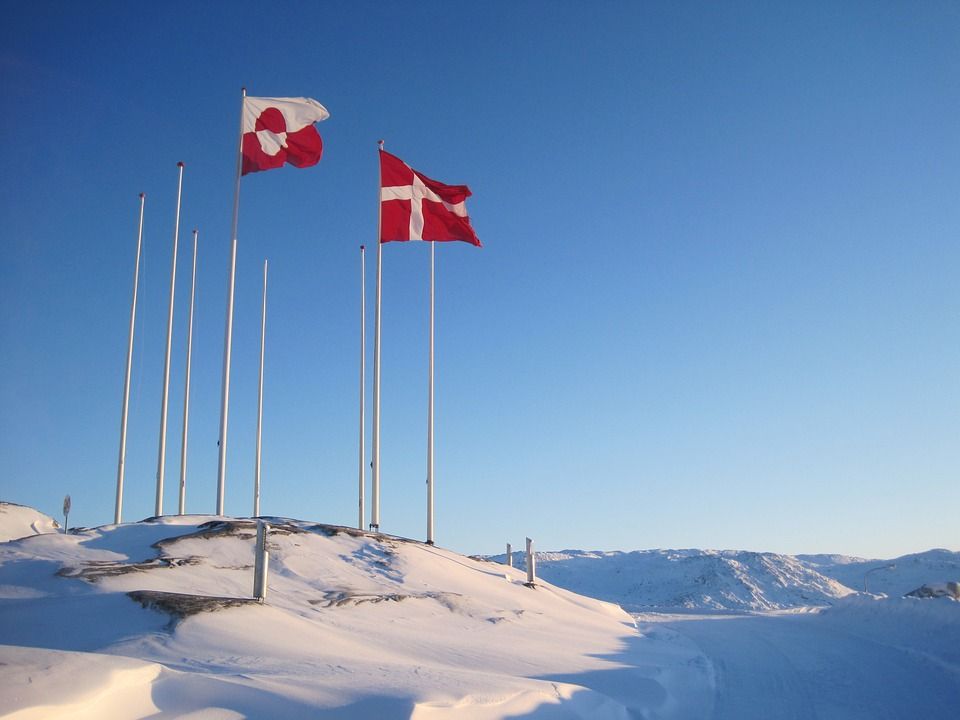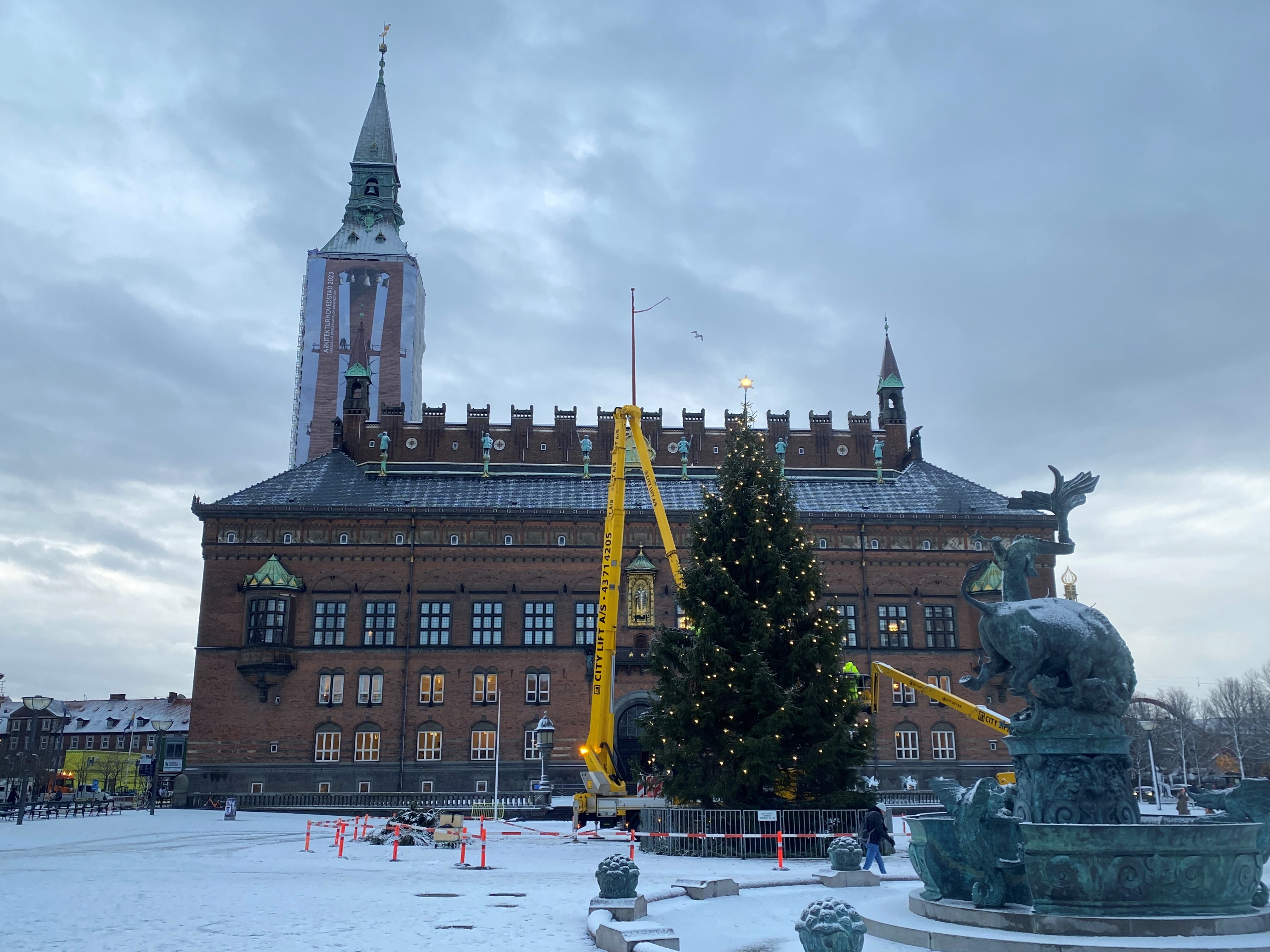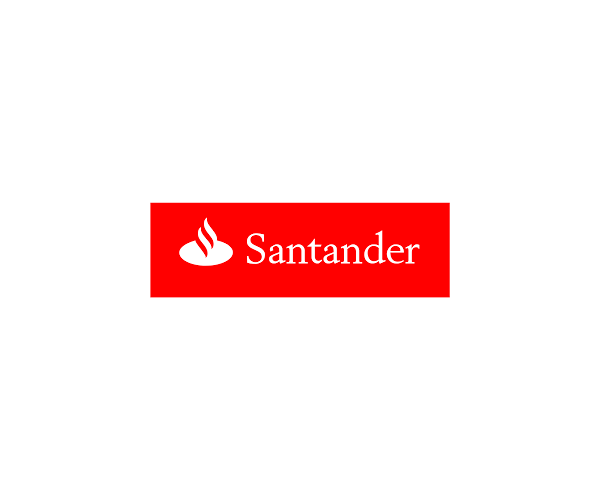Farmers are threatening legal action over new laws which will allow public access to farmland running beside waterways – land which farmers will soon be prevented from cultivating upon.
The law – set to take effect on September 1 – will force farmers to introduce 10 metre buffer strips between farmland and waterways, leading to 50,000 hectares of farmland that cannot be treated, fertilized or cultivated upon.
The law was passed last June by the former government in order to comply with the EU Water Framework Directive (WFD), which was designed to improve member statesÂ’ water quality by the year 2015.
But whereas the former government allowed farmers to keep the land private, last week the agriculture minister, Mette Gjerskov, announced that the land would be opened to the public.
“The government is effectively nationalizing 50,000 hectares of land,” Flemming Fuglede Jørgensen, vice chair of Bæredygtig Landbrug (Sustainable Agriculture) told Jyllands-Posten newspaper. “What will be next? 100,000 hectares? We are still paying interest, mortgage payments and property taxes for the land which is being nationalized.”
Jørgensen added that the decision to allow the public onto the buffer strips means that the land is effectively expropriated, which is why they have decided to start legal proceedings.
Gjerskov responded by stating that lawyers with the Ministry of Agriculture did not find it to be expropriation, and that farmers would receive compensation.
Despite this, farmers have expressed concern that the compensation would not cover lost earnings and that there is no protection from politicians abolishing the compensation at a future date.
According to Søren Højgaard Mørup, professor of public law at Aarhus University, a farmer’s case for unlawful expropriation would depend on the extent to which the buffer strip affected their business.
“The creation of fringe zones along the waterways might bear characteristics of expropriation of one farmerÂ’s land, but not another’s,” Mørup told Jyllands-Posten. “For a farmer to prove expropriation, he has to demonstrate that he is being affected financially. At the same time, it has to be shown that the initiative goes further than simply trying to minimise the pollution of waterways.”
Danish agricultural lobby group, Landbrug & Fødevarer, has also announced they intend to sue the government over the laws.
Denmark has lagged behind the rest of Europe in implementing measures that would satisfy the requirements of the Water Framework Directive, which was introduced in 2000.
Political wrangling with farmers has led to repeated delays in introducing measures, such as the buffer strips, leading the EU Commission to threaten legal action against Denmark in November 2011 after two warnings in 2007 and 2009.
While agriculture remains one of DenmarkÂ’s largest economic sectors, it is also one of the greatest source of pollutants, mostly in the form of pesticide and fertilizer run off. The balance between business and environment has been at the crux of the delays.
Agricultural run-off can lead to a range of environmental issues, from damage to local habitats and ecologies to the contamination of ground water, which in Denmark is the main source of drinking water.
While the WFD doesn’t specifically demand the introduction of buffer strips, they are one of the most effective measures for limiting agricultural run-off and have been implemented widely across Europe.

